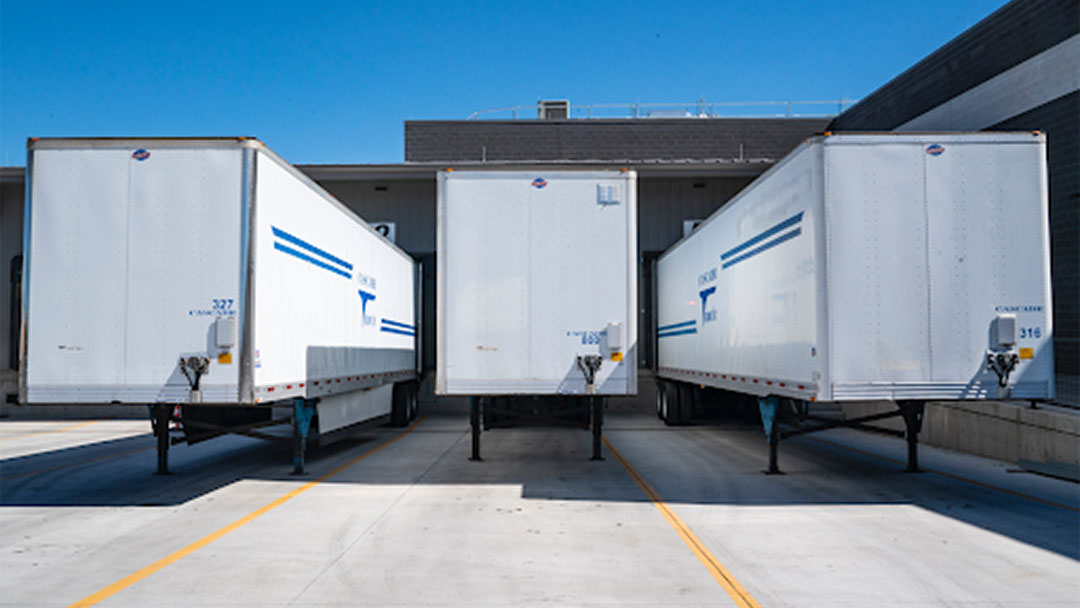Whether your business specializes in fulfilling business-to-consumer (B2C) orders of individual product units, or business-to-business (B2B) orders of large quantities of wholesale products, it’s essential to utilize the best possible practices for product configuration. Doing so makes it much easier to grow your business across multiple markets, drive down logistical spending, and provide eager consumers with a complete brand experience that will help them develop a sense of loyalty to your business. But what is product configuration, and what are the best practices used to establish it?
Product Configuration: Best Practices for Businesses
Tags: Product Configuration
Warehouse and Fulfillment Services Process: A Guide
As brick-and-mortar retail operations give way to the eCommerce landscape, warehouse fulfillment centers become the lifeblood of any successful business. Organizations can optimize their order fulfillment operations while cutting logistics costs simultaneously by using tech-enabled warehouse processes that minimize human error and maximize distribution efficiency. Let's look at what's involved in warehouse services and product fulfillment.
Differences Between Warehouse 3PLs and Freight Brokers
Some Americans may have heard of the term “supply chain infrastructure” before without fully understanding it. And the chances are good that they never thought about it daily. But now, global and local supply chain infrastructures are probably all anyone can talk about.
The Importance of SQF Certification for Food Manufacturers and Packagers
The market has become highly oversaturated with products, leaving consumers with a near-infinite amount of choices to make regarding the goods they choose to buy. From clothes and furniture and especially food, people are not strapped for product choices. Because of this, brands need to ensure they’re providing the best quality goods to win out against competing players in their respective industries. But what’s a good way for businesses to stand out as superior, especially in the realm of food manufacturing and packaging?
Protein Drink Packaging: Everything Your Business Needs to Know
When it comes to developing the best possible packaging for any food or beverage product, there is a vast range of important considerations for businesses to remember. And these factors don’t change much when it comes to the packaging of protein drinks and other protein or nutrition-based goods. But what exactly are these considerations? And with so many to consider, which ones are the most important for both businesses and consumers?
Keys to Bottling Your Gummies Without Your Bottles Getting Gummied
The packaging of foods, beverages, and other goods comes with a wide range of challenges that manufacturers must overcome to ensure they’re putting quality products onto the market for the benefit of consumers. While every product carries its own packaging struggles, gummy products, in particular, pose a specific range of issues that can be difficult to work around, especially if you’re dedicated to packaging them in vitamin-styled bottles.
Glass and Plastic Bottles: Are Yours Food-Grade Safe?
When it comes to giving consumers quality food and beverage products, there are several elements that businesses need to consider to ensure they’re operating within the boundaries of the law and Food and Drug Administration (FDA) regulations. Not only do food and drinks need to be safe for consumers in general, but the bottles, packages, and other containers they come in also need to be classified as food-grade safe. That said, how can you be sure your bottles or other containers meet FDA standards?
The Importance of Clean Rooms in the Food Packaging Process
When it comes to both the manufacturing and packaging of quality food products, it’s essential that businesses either utilize their own high-quality clean rooms to ensure the sanitation and safety of their goods or employ the cleanroom services of trusted industry professionals like us at Dynamic 3PL. Whether a business produces food stored in bags, boxes, cans, cartons, flexible packaging, or any other food packaging options, they need to ensure they provide consumers with safe, risk-free goods that won’t result in harm or illness.
Tags: Supply Chain Expertise













